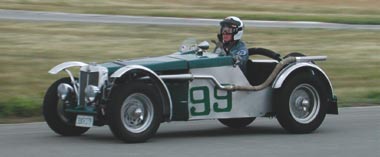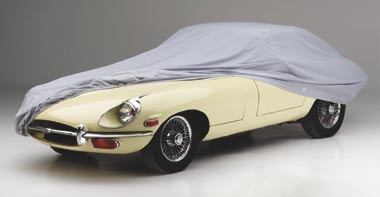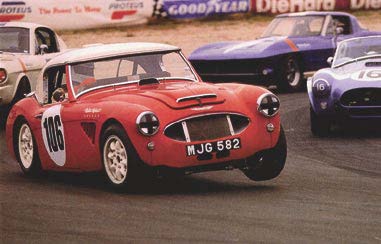By Kelvin Dodd
Supercharger Stress
I have a question about the MGB supercharger kit in the Summer 2003 issue: How does the use of a supercharger affect the stress experienced by the engine, piston connecting rods, etc.?
—Tim Harrington
The supercharger does a much better job of evenly filling the cylinders, so normal driving stress is going to be less than in a normally aspirated car with a typical poor air/fuel mixture. Under boost, engine load will naturally increase, but much less than the high rpm required to achieve the same power outputs conventionally. In other words, the supercharger allows you to stay in a higher gear, thus lowering the revs with the same drivability. Most of the time the car is not going to be under boost, but when you need it, it’s there.
Wacky Brake Wiring
Why are the brake lights wired through the ignition switch? Shouldn’t they be hot all the time?
—Arthur M. Horn
This is an interesting question, and one that I don’t know the answer to. But here’s a go anyway: Since the brake-light circuit involves a switch, wires, and lamps (all places for electrons to sneak out of late at night), it makes sense to only activate the circuit when the car is running. Federal regulations that went into effect during the late 1960s to ensure minimal safety standards required manufacturers to make a lot of changes to braking systems and brake lamps. However, there’s no edict stating that the brake lamps must be operational at all times. So since there was a prevalent supply of green/purple trace wiring in the U.K., the brake-light circuits have remained ignition-switched.
Air Filter Carb Blockage
I put new air filter assemblies on my car. Now the engine has no power and won’t rev. Did I damage the carburetors somehow?
—Greg Hardin
Remove the air filters and check the orientation of the filter to the carb. Chances are that the gaskets are installed incorrectly and the damper-chamber vent holes are covered. With these vents closed, the damper piston will not lift correctly under engine vacuum.
Rent a Trailer?
I’m considering flat-towing my car cross-country. I’ve heard arguments for and against disconnecting the driveshaft. What’s the best way to do this?
—Scott Fordham
No doubt you are likely to hear many more. Some transmission designs such as the TR7 and Rover 5-speed require that the input shaft be driven to maintain lubrication to the mainshaft bearings. This type of transmission can be ruined by even a short flat-tow with the driveshaft connected. So far, no evidence has been presented that this problem exists in any other popular British manual gearboxes. The fewer items whizzing about in an unmanned vehicle, the better: Driveshaft failure, rear trans oil-seal wear, and transmission main-bearing failure are all possibilities that can cause major damage if undetected. I vote for a reasonable compromise—if you are going to tow a long way, disconnect the driveshaft. That way the only rotating components are the wheel bearings, which can be checked for overheating easily. Short trips of up to a couple hundred miles should not be a problem for a regularly maintained car.
Prepping Replacement Sheetmetal
I recently purchased replacement sheetmetal panels, and they are coated in some kind of dark paint. Do I have to remove this coating or can I paint on top of it?
—Tom Bryon
The “e-coat” is designed to prevent oxidation during shipment and storage, and it’s not a paint-primed surface. In other words, the e-coat needs to be prepped before top-coating. John Mangles of Hi-Tech Collision Repairs in Overland, Missouri, recommends beginning by cutting through the coating’s surface glaze with either 180-grit dry sandpaper or 220-grit wet-or-dry. Then use a professional-quality self-etching primer such as DuPont Variprime, which is specifically formulated to be compatible with the e-coat. John recommends applying two coats of this self-etching primer before shooting on regular primer.









'Tech Q&A: Fall 2003' has no comments
Be the first to comment this post!